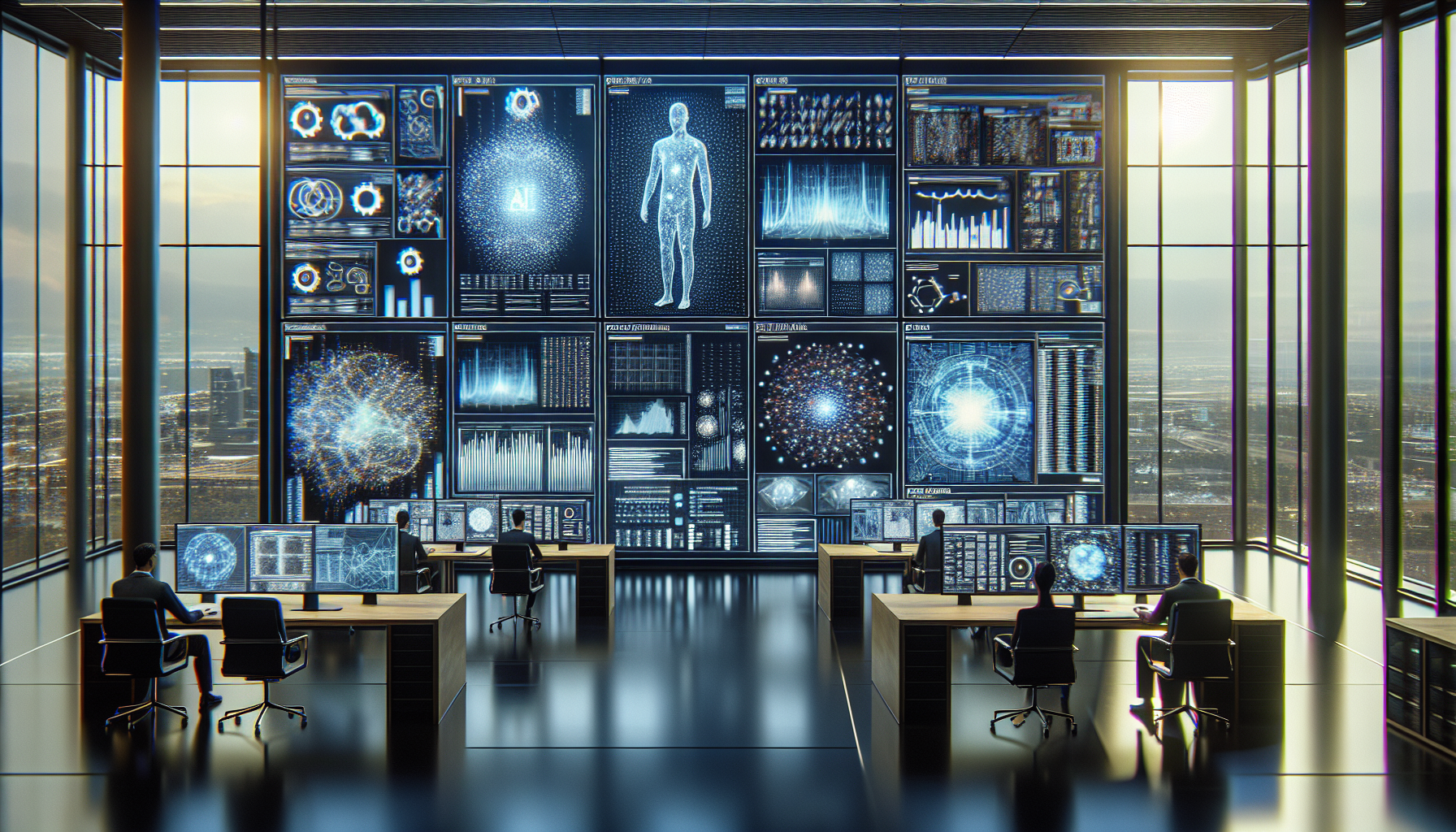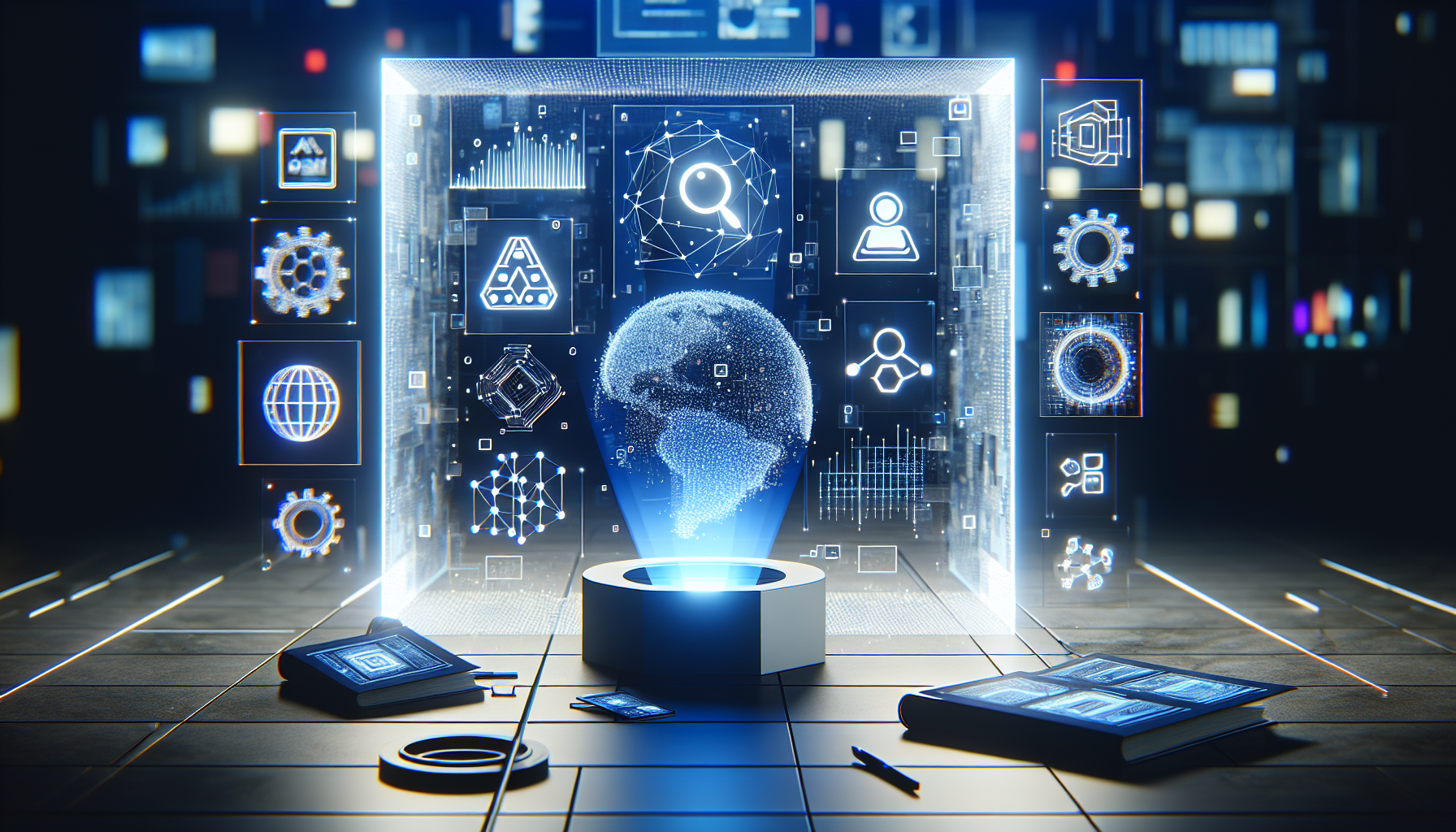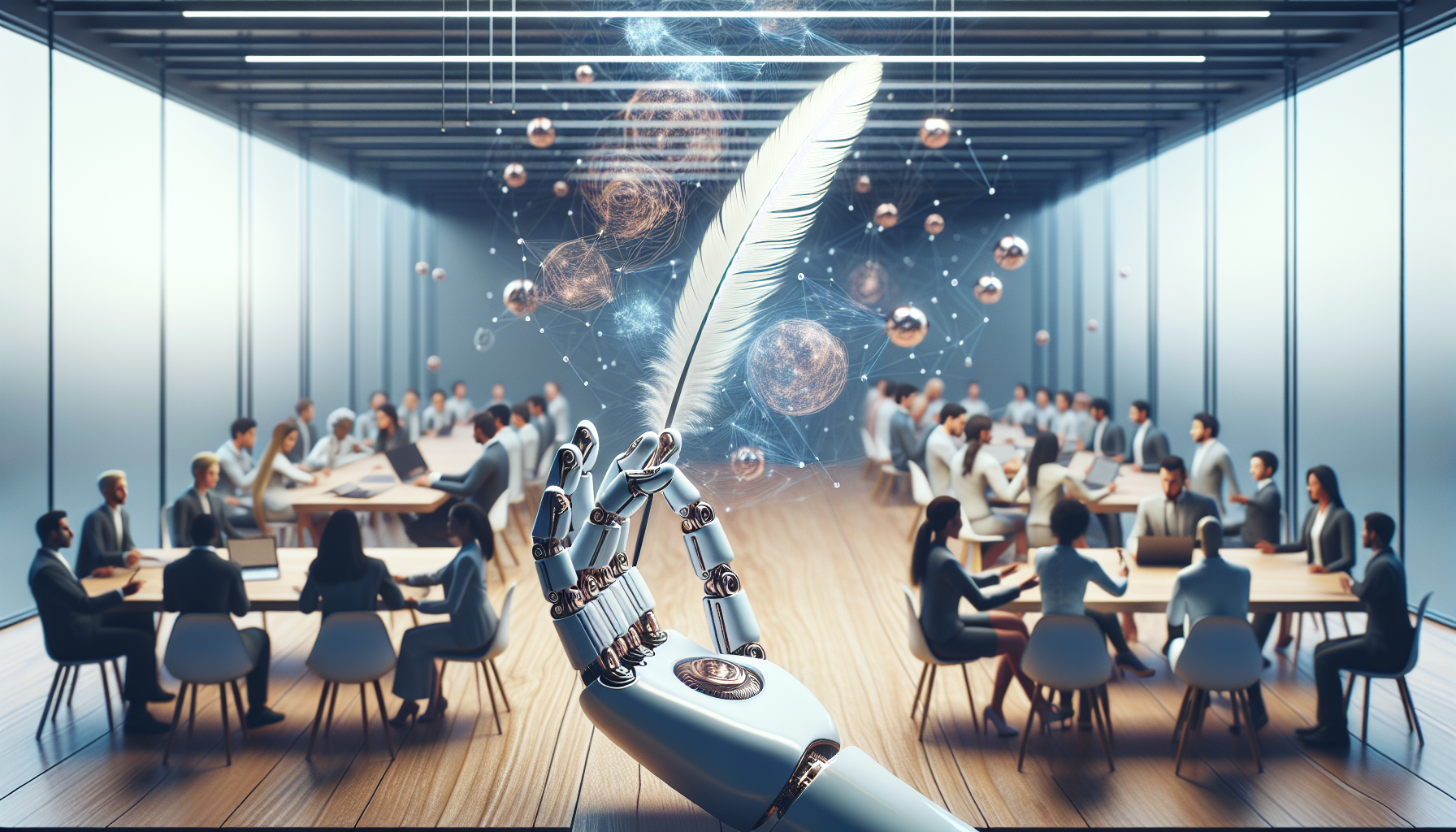
AI in Food Technology: Comparative Analysis of Farm-to-Table Innovations
November 1, 2025
Artificial intelligence is increasingly shaping diverse industries, with food technology being a particularly intriguing domain. From enhancing agricultural practices to optimizing supply chain logistics and transforming retail experiences, AI is revolutionizing how food moves from farm to table. This comparative analysis delves into the distinct ways AI is being harnessed in food technology, highlighting innovative applications and their implications.
At the farm level, AI is primarily employed to enhance crop yields and monitor livestock health. Precision agriculture, which uses AI-driven tools such as drones and sensors, allows farmers to collect real-time data on soil conditions, weather patterns, and crop health. This data is subsequently analyzed using machine learning algorithms to provide actionable insights. For instance, AI systems can predict pest infestations before they occur, enabling farmers to apply preventative measures rather than reactive ones. Such proactive management not only increases productivity but also minimizes the environmental impact by reducing the need for chemical interventions.
In contrast, livestock management has seen the integration of AI through technologies such as facial recognition for animals, which tracks their health and behavior. By analyzing movement patterns and feeding habits, AI systems can detect early signs of illness, allowing for timely intervention. This approach not only enhances animal welfare but also improves the quality of animal-derived products by ensuring healthier livestock.
Transitioning from production to processing, AI is being utilized to ensure food safety and quality. Machine learning algorithms analyze vast datasets from food processing lines to detect anomalies and potential contamination. Image recognition technologies are particularly effective in identifying defects and foreign materials in food products, ensuring that only the highest quality items reach consumers. The integration of AI in quality control processes reduces human error and speeds up the detection of issues, significantly enhancing the efficiency and reliability of food safety protocols.
AI also plays a pivotal role in optimizing supply chain logistics. Predictive analytics models forecast demand trends, allowing manufacturers and retailers to adjust their inventory accordingly. This reduces waste, a critical consideration in the food industry, where perishable goods can become unsellable within days. Moreover, AI-powered route optimization tools help logistics companies deliver products more efficiently, reducing transportation costs and carbon footprints. These innovations ensure that products not only reach consumers faster but also with minimal environmental impact.
Retail and consumer-facing applications of AI present another dimension of innovation. Personalized nutrition, driven by AI, is transforming how consumers interact with their food. By analyzing dietary preferences and health data, AI systems can recommend meal plans tailored to individual nutritional needs. This personalization extends to grocery shopping, where AI-driven applications suggest products based on past purchases and dietary goals. Such tools empower consumers to make healthier choices and foster a deeper connection with their food.
Comparatively, each stage of the food production and distribution process benefits uniquely from AI's capabilities. While precision agriculture and livestock monitoring focus on enhancing productivity and sustainability at the source, food processing and supply chain logistics emphasize safety and efficiency. Retail applications, on the other hand, prioritize consumer engagement and personalization.
Despite these advancements, the implementation of AI in food technology is not without challenges. Data privacy concerns, particularly in consumer applications, necessitate robust regulatory frameworks to ensure that personal information is protected. Additionally, the reliance on AI systems raises questions about the potential loss of traditional farming knowledge and practices. As AI continues to evolve, striking a balance between technological advancement and the preservation of essential agricultural skills will be crucial.
The integration of AI in food technology offers a glimpse into the future of a more efficient, sustainable, and personalized food system. As these technologies mature, their impact will likely extend beyond current applications, potentially transforming the very nature of food production and consumption. What will the implications be for global food security and sustainability as AI becomes more deeply embedded in our food systems? The answer to this question will shape the future of food technology, inviting us to explore further innovations and possibilities.


